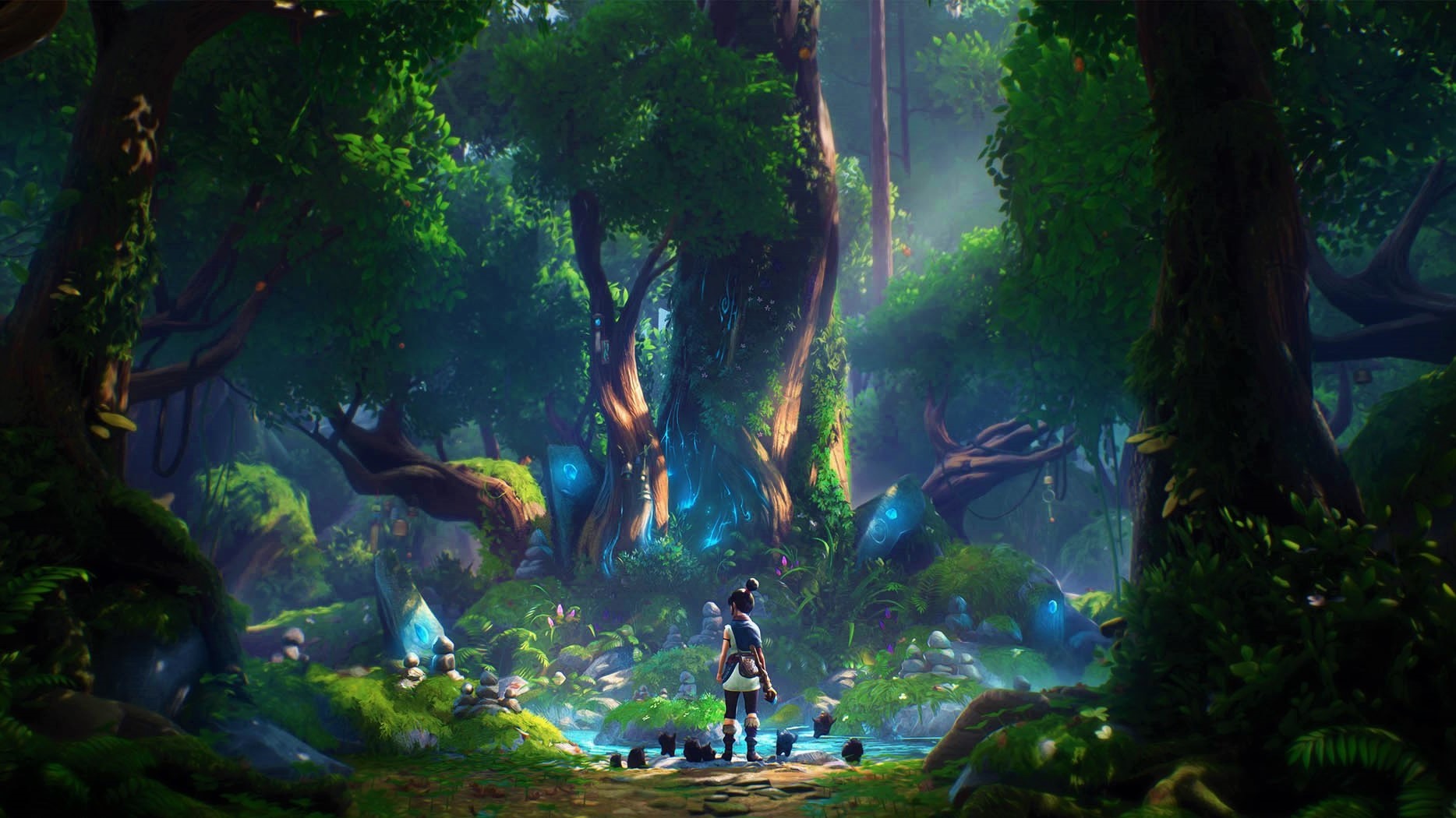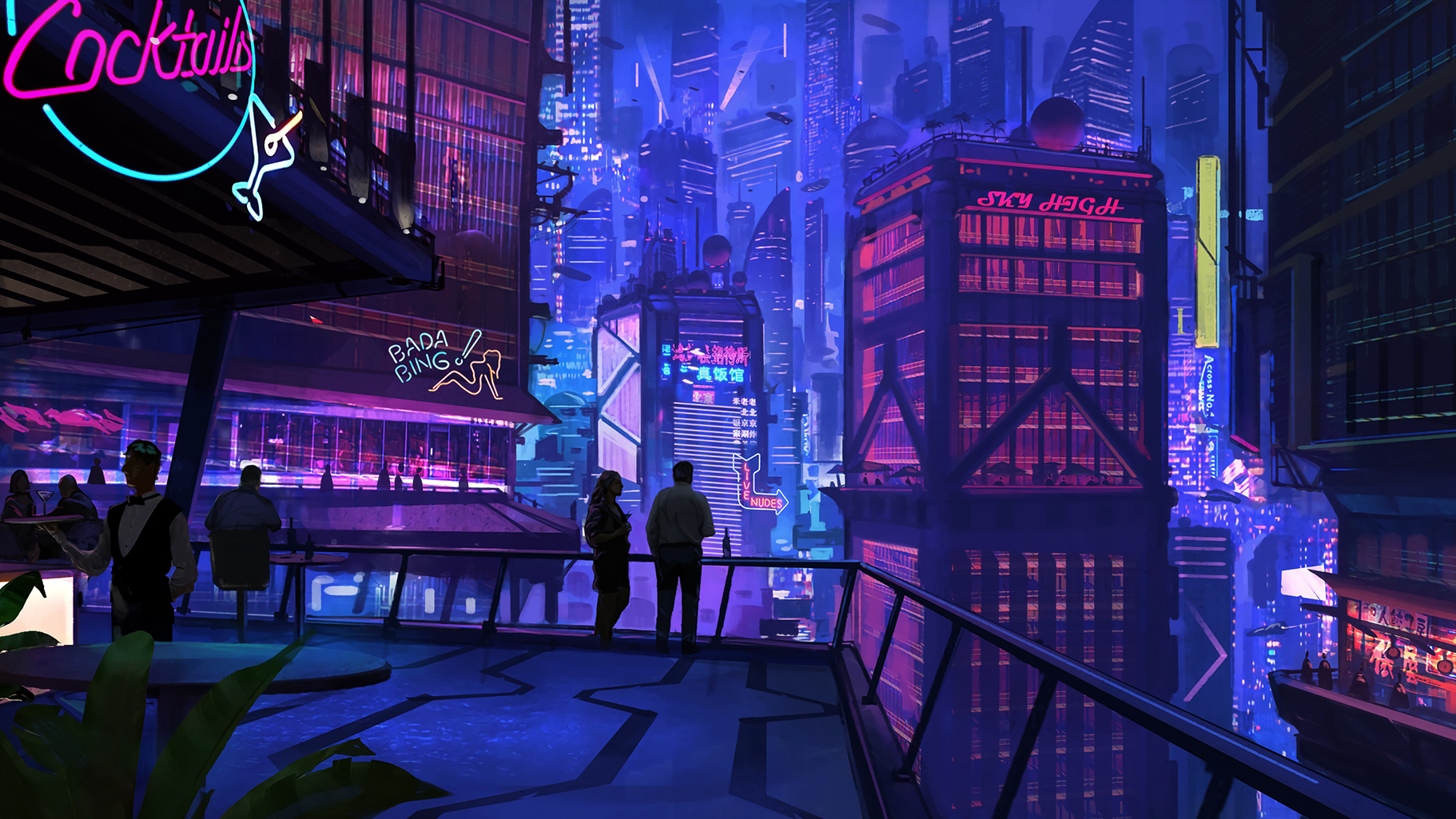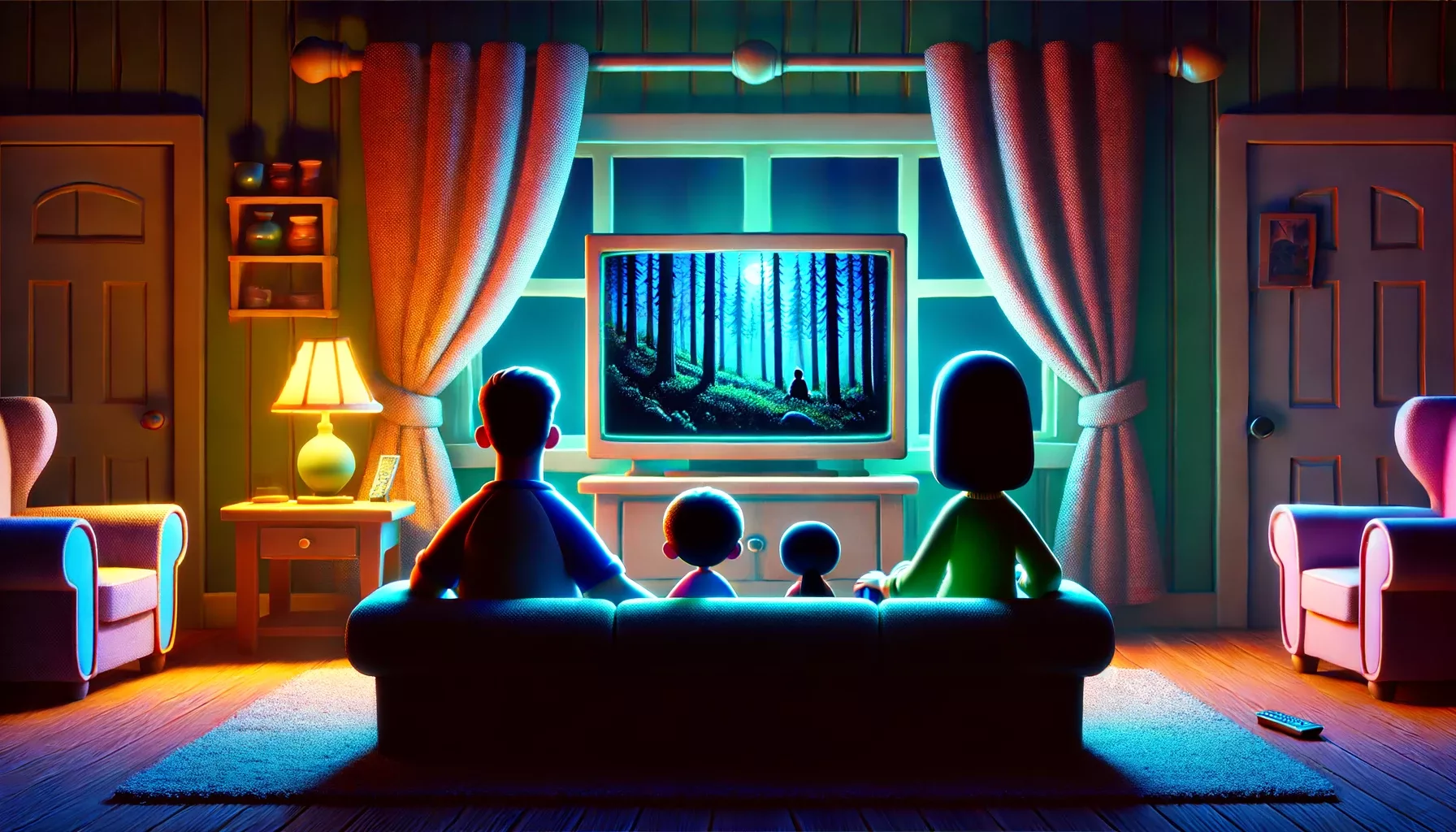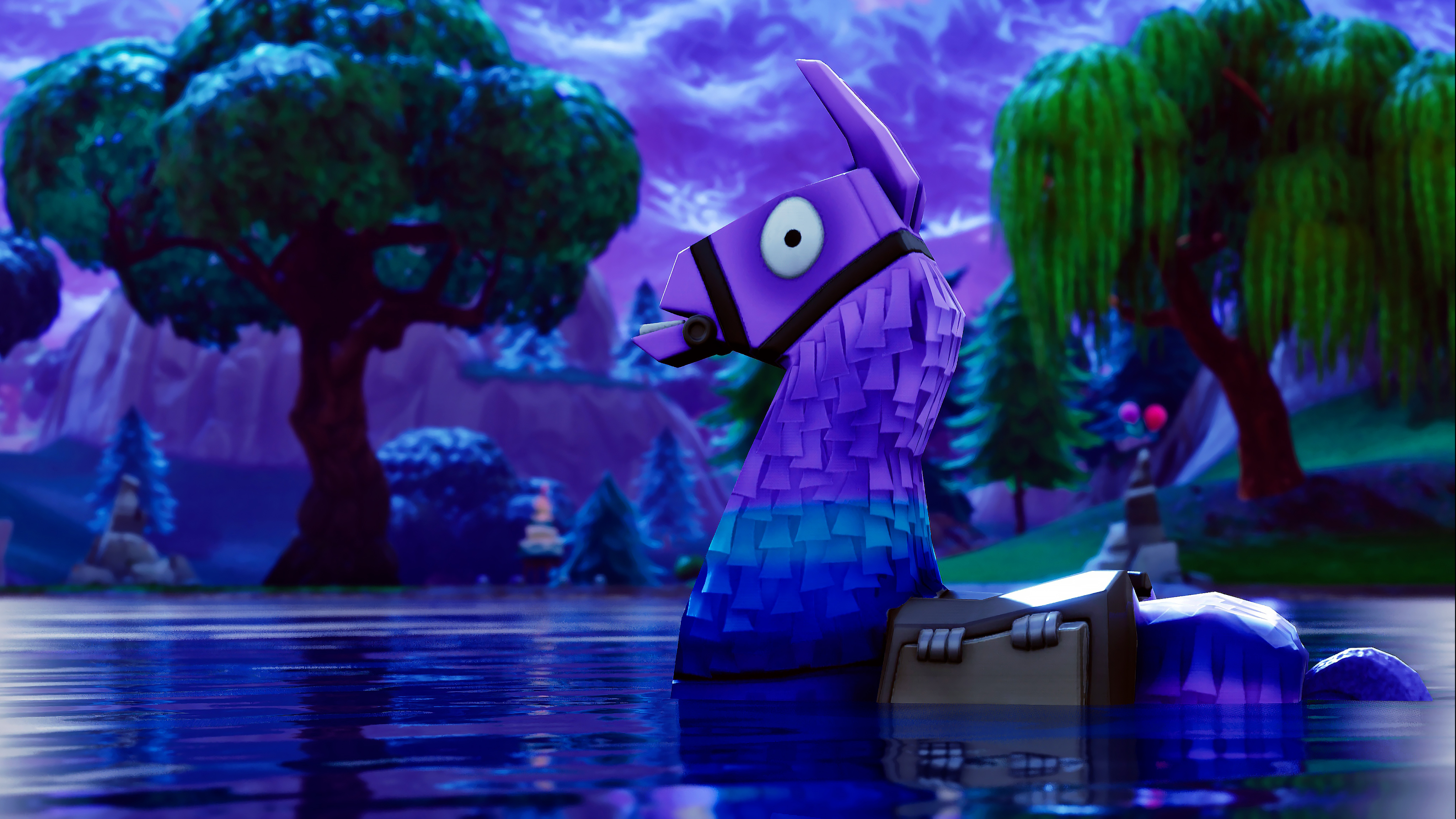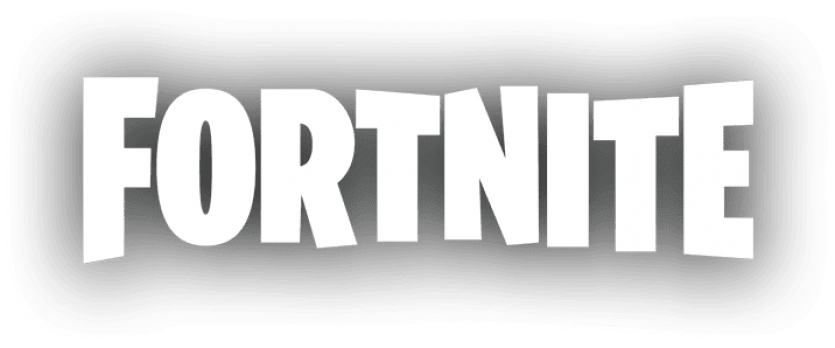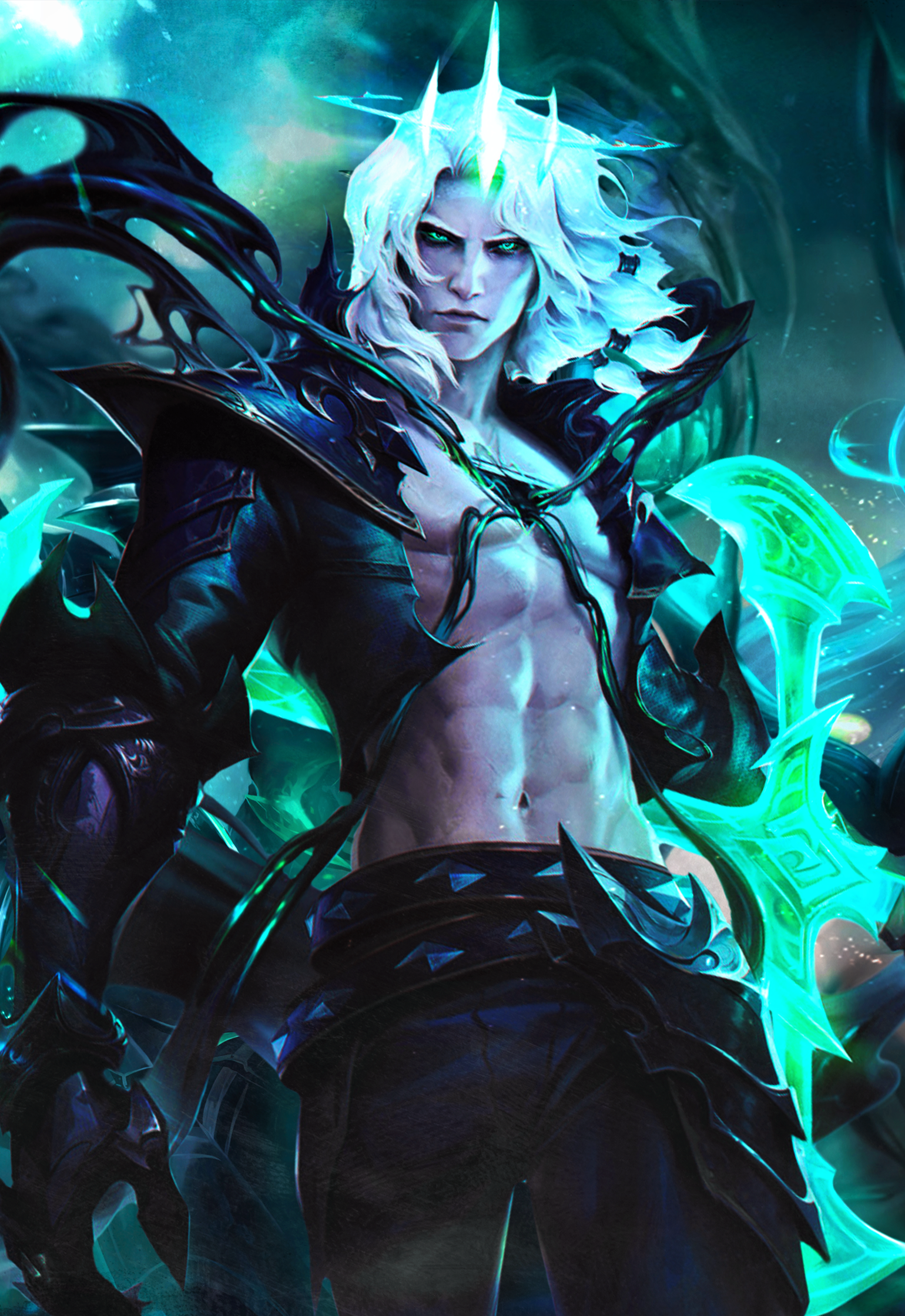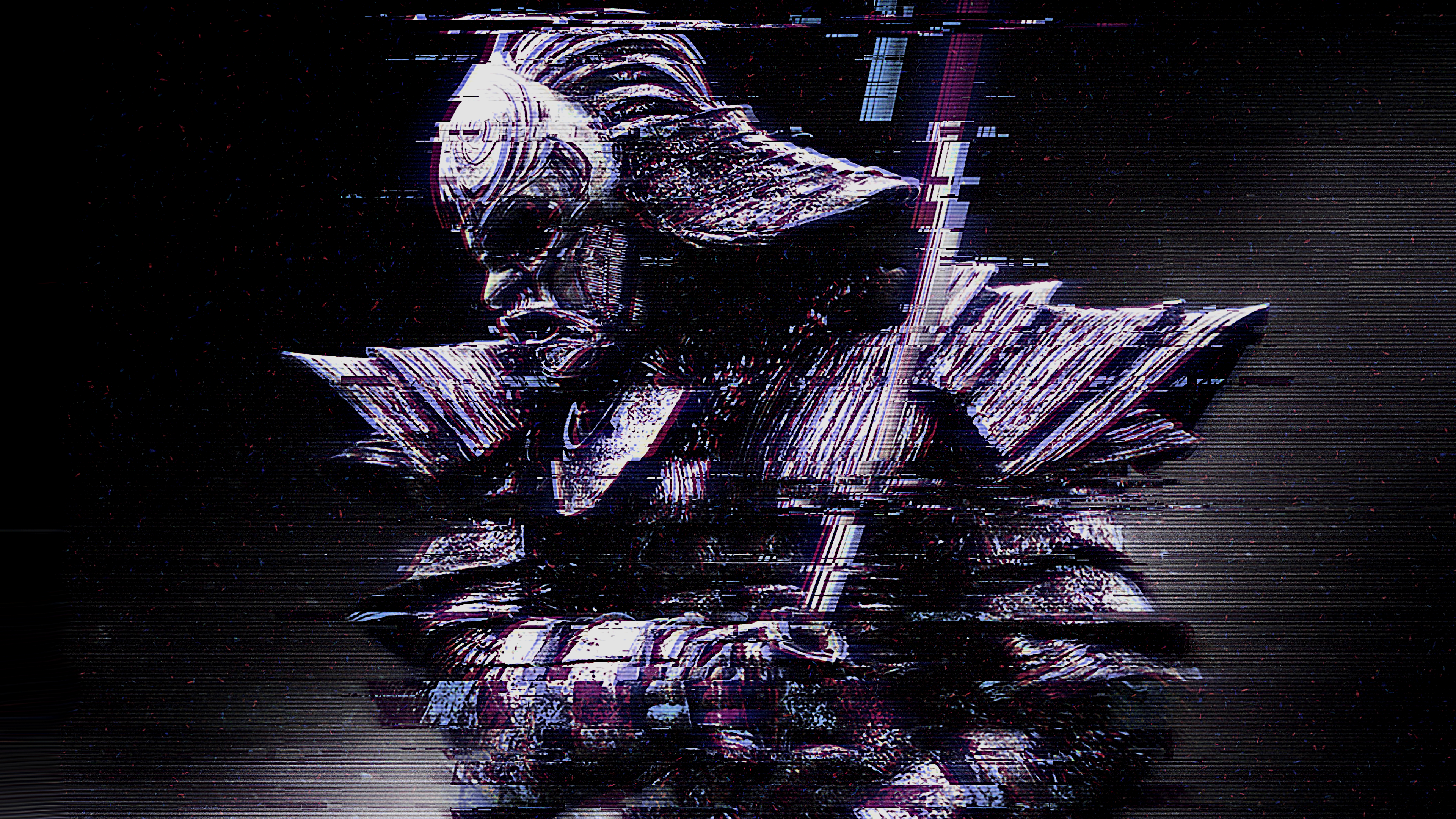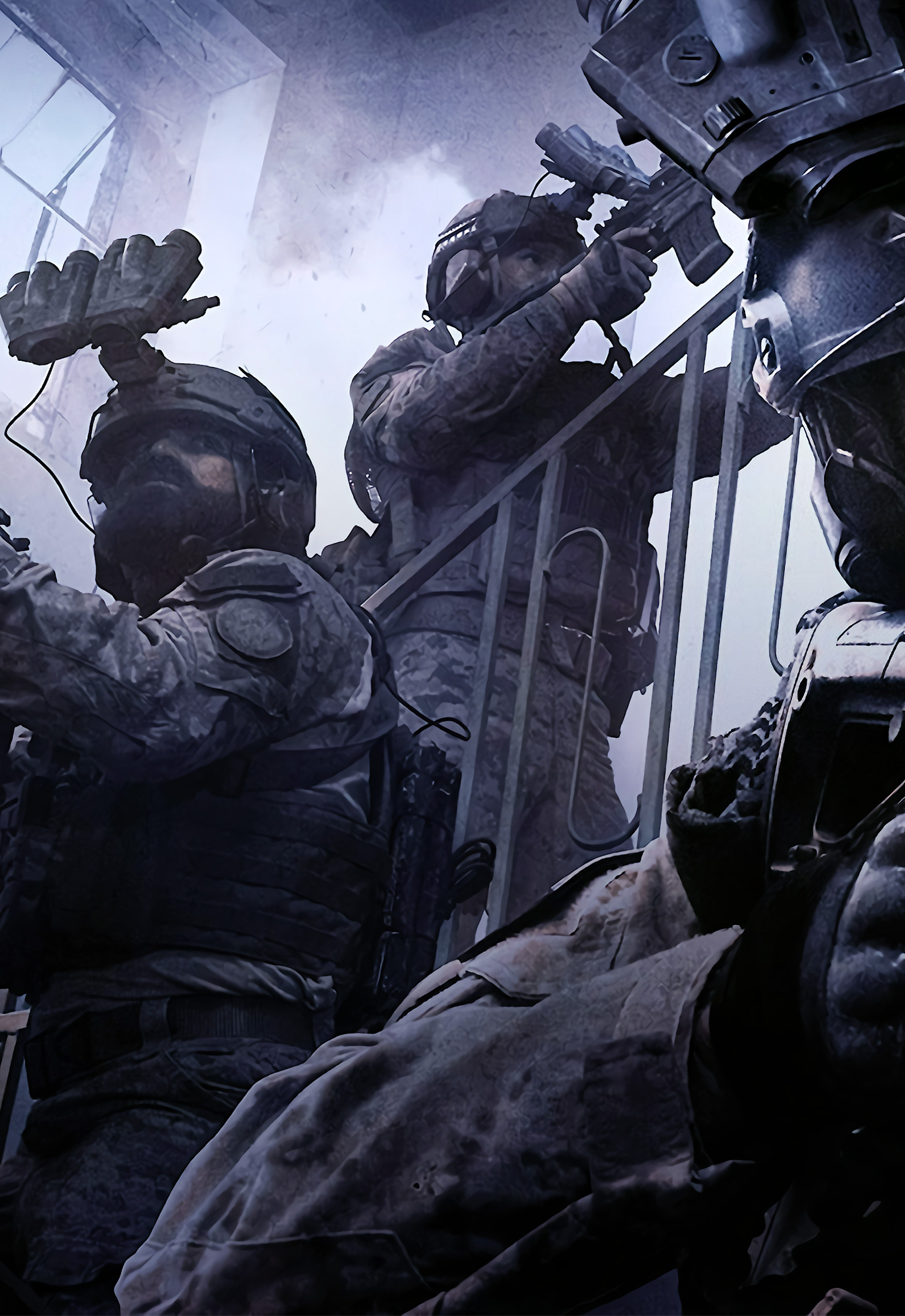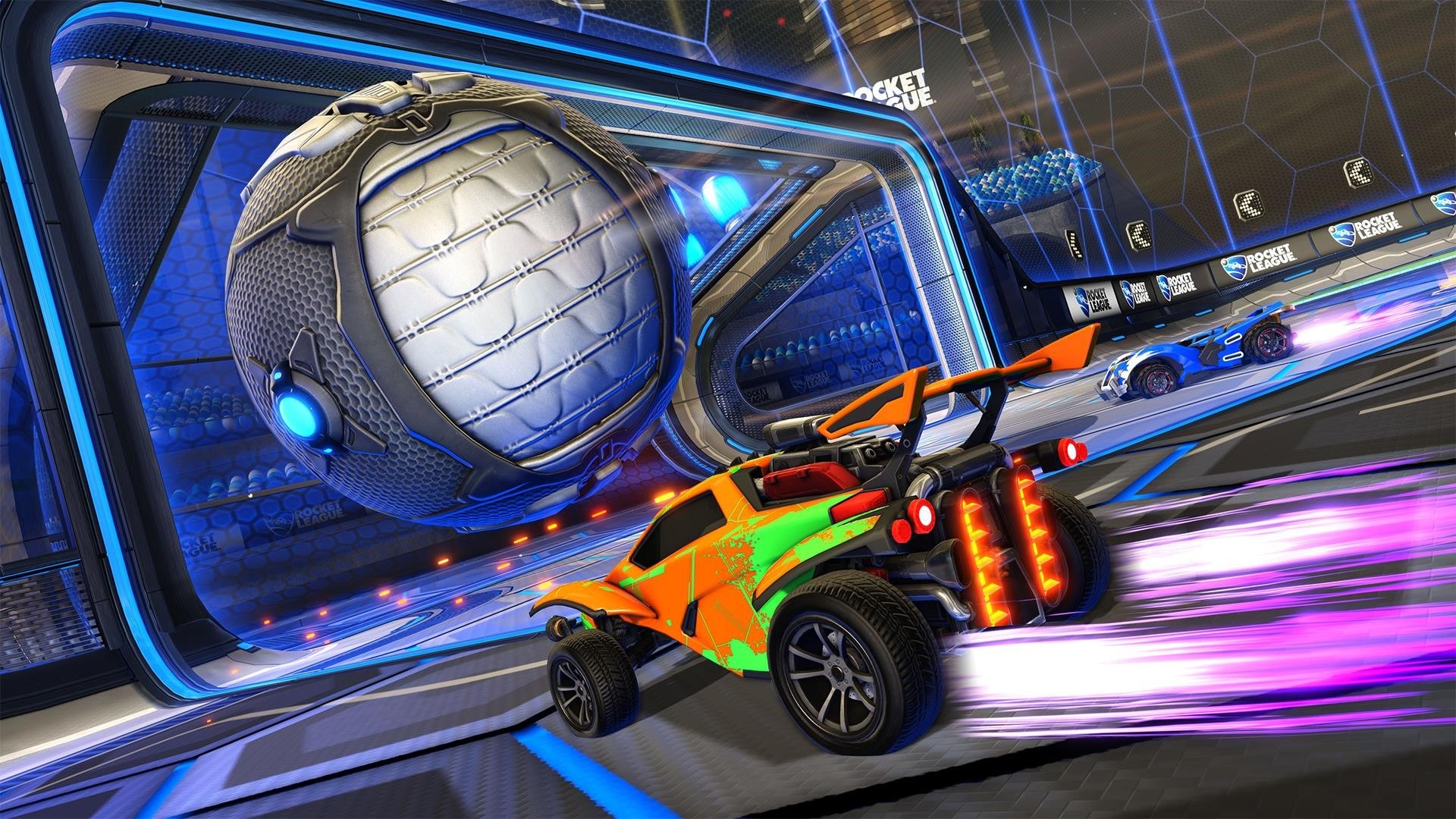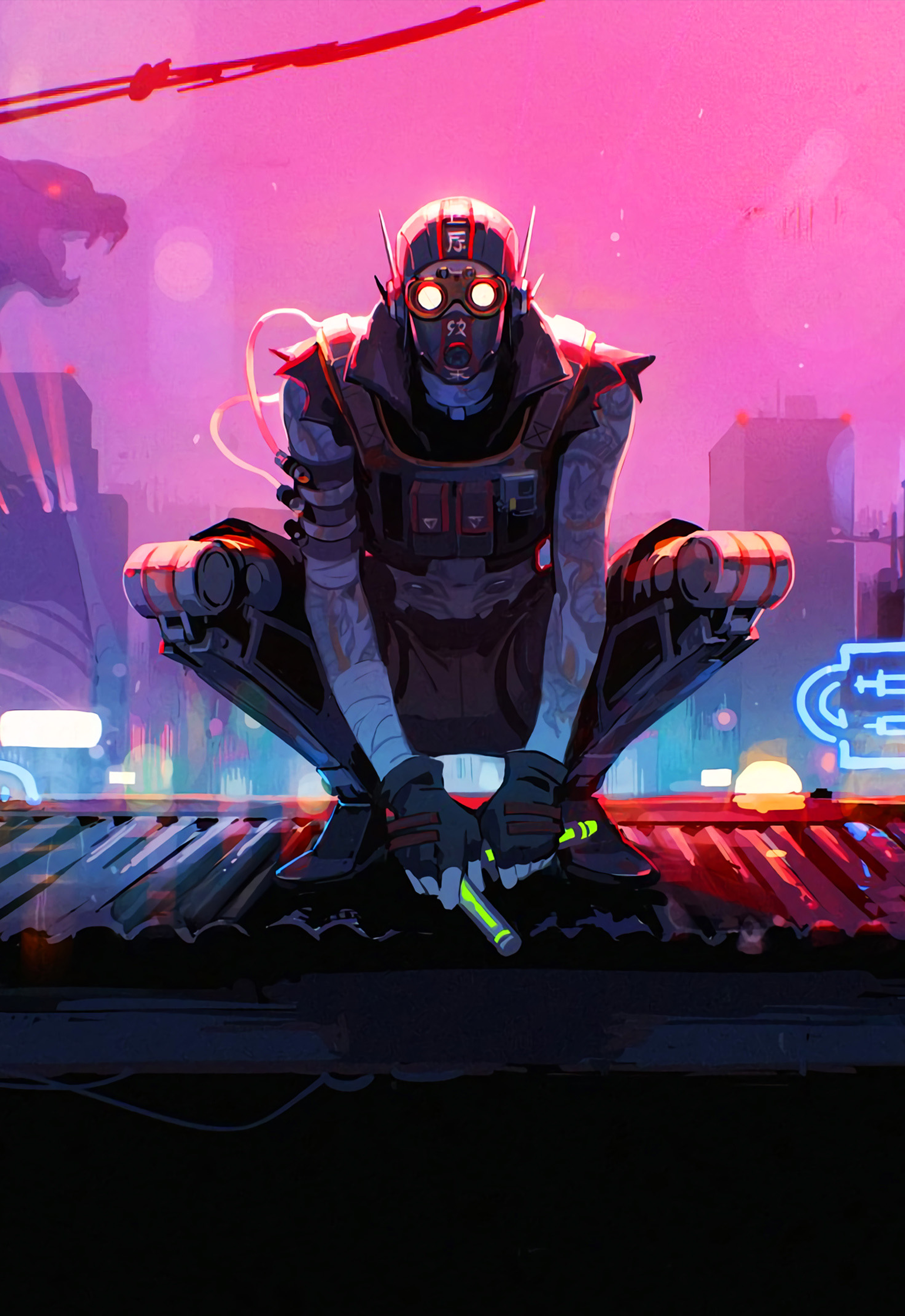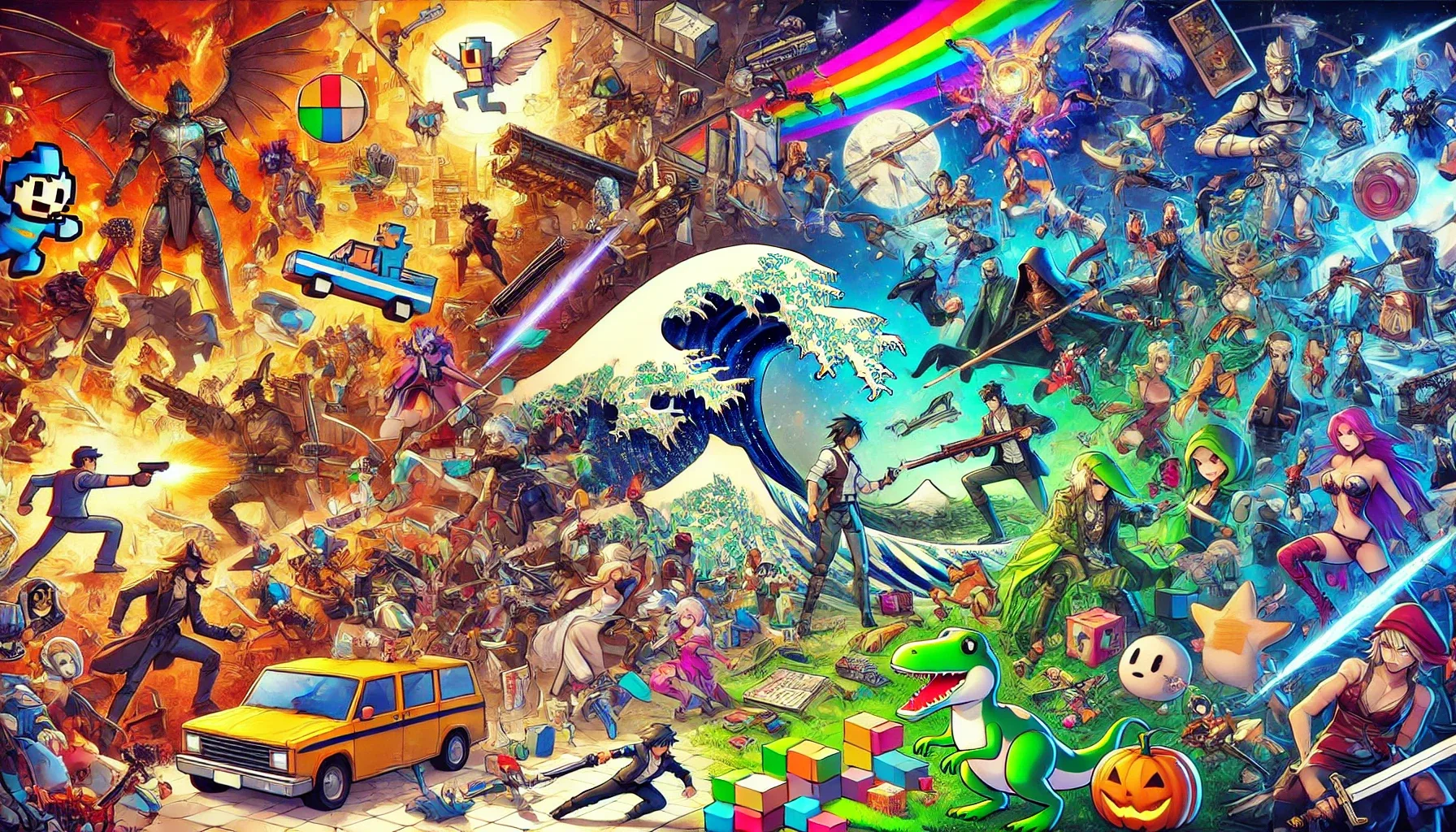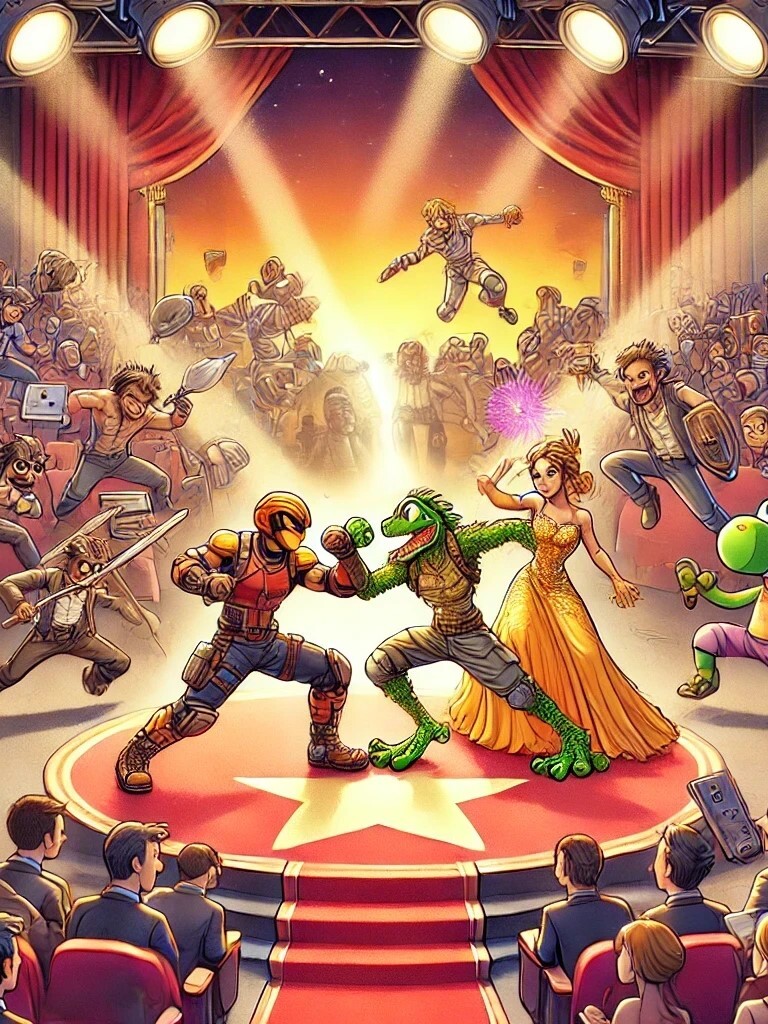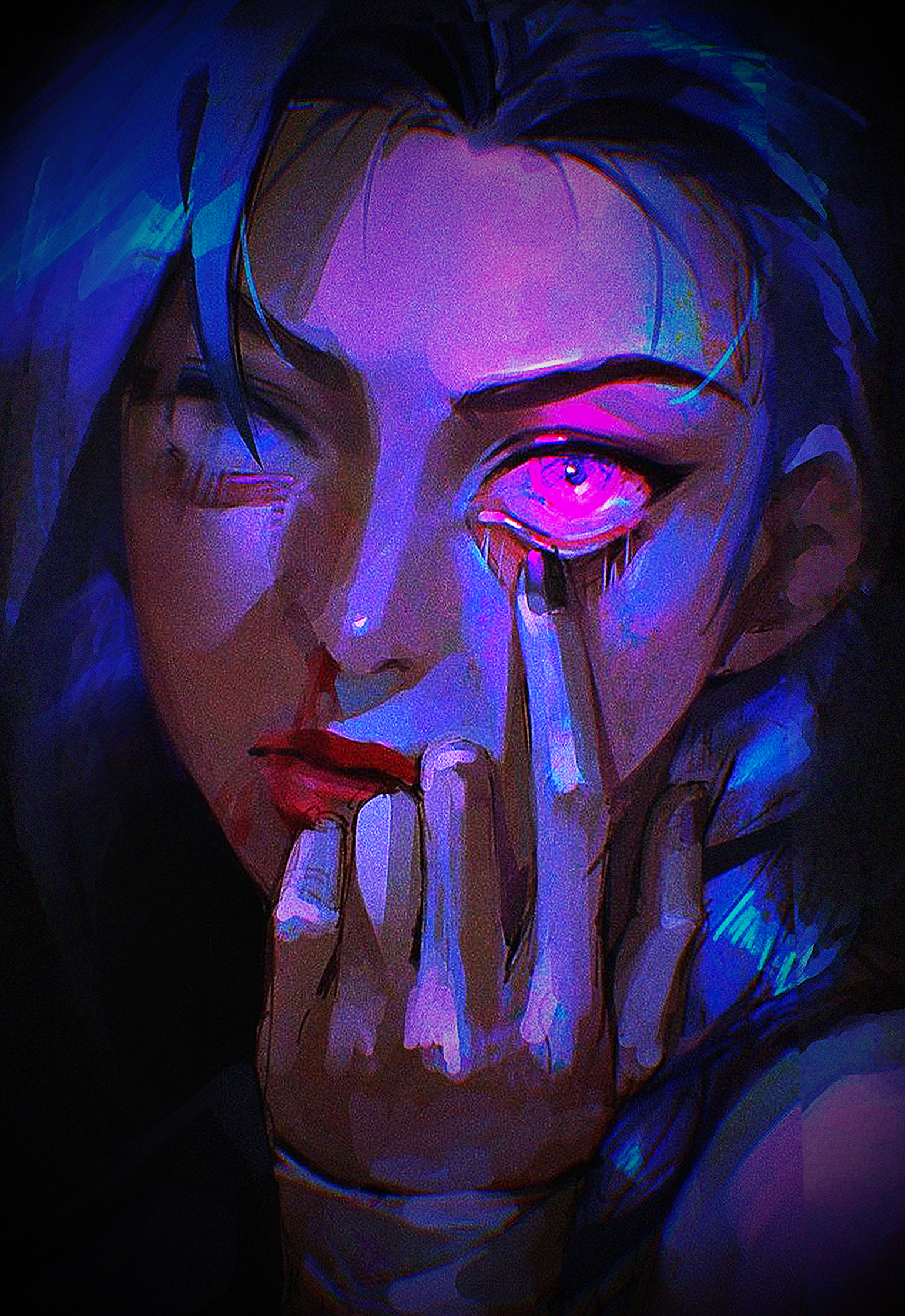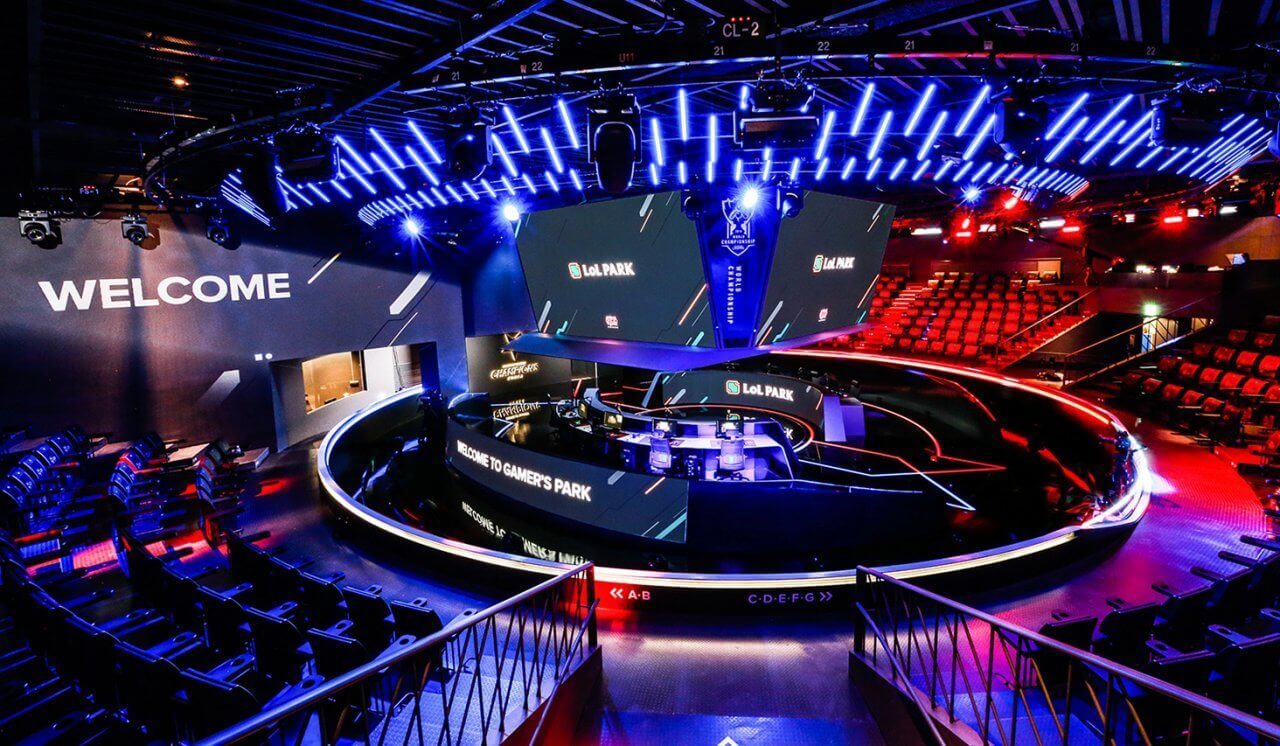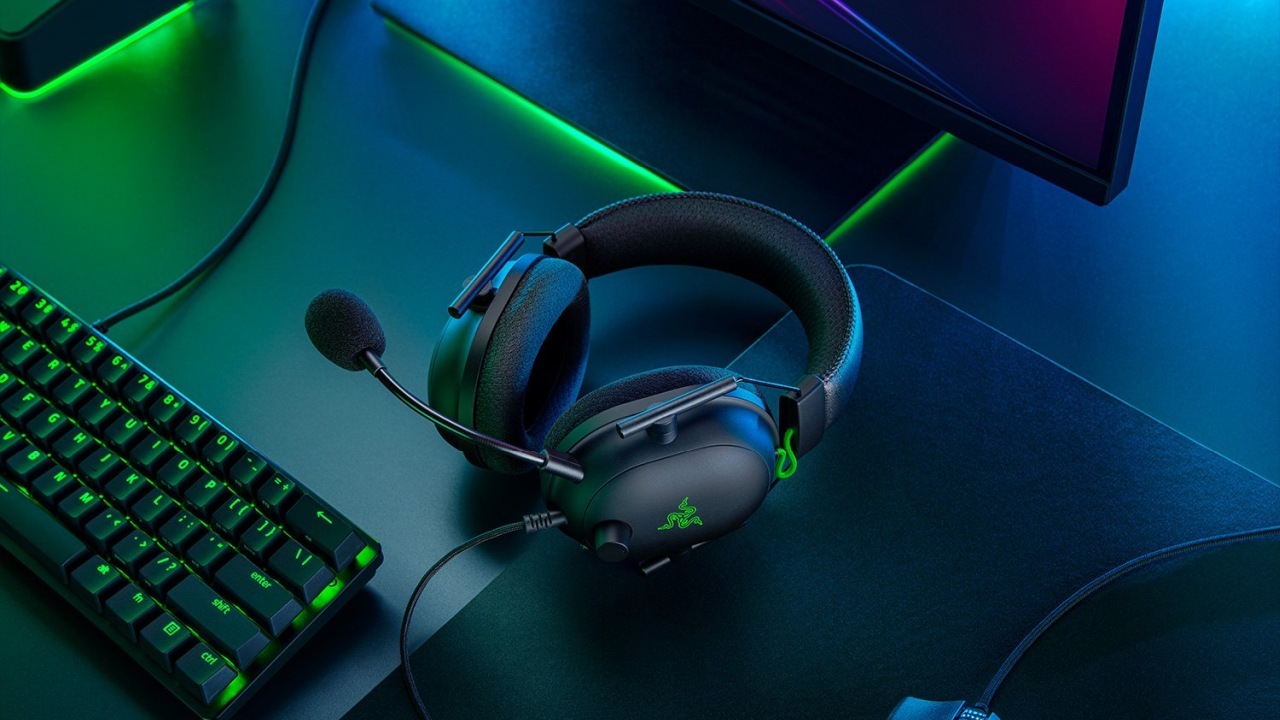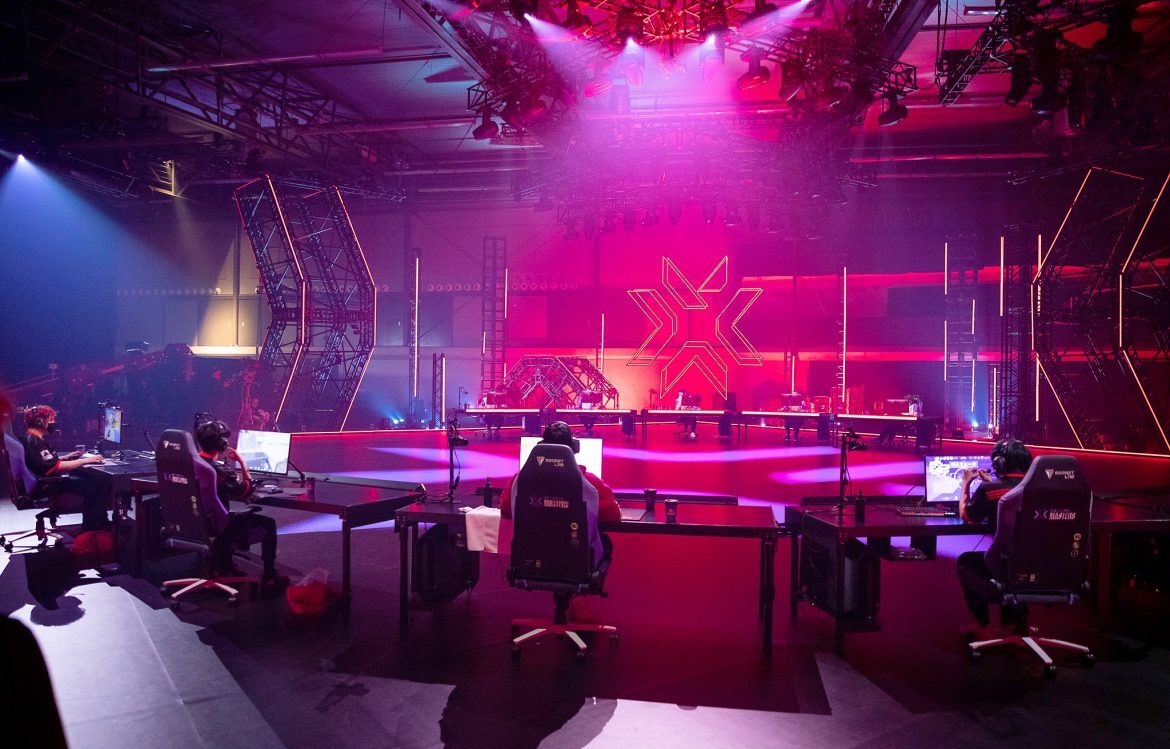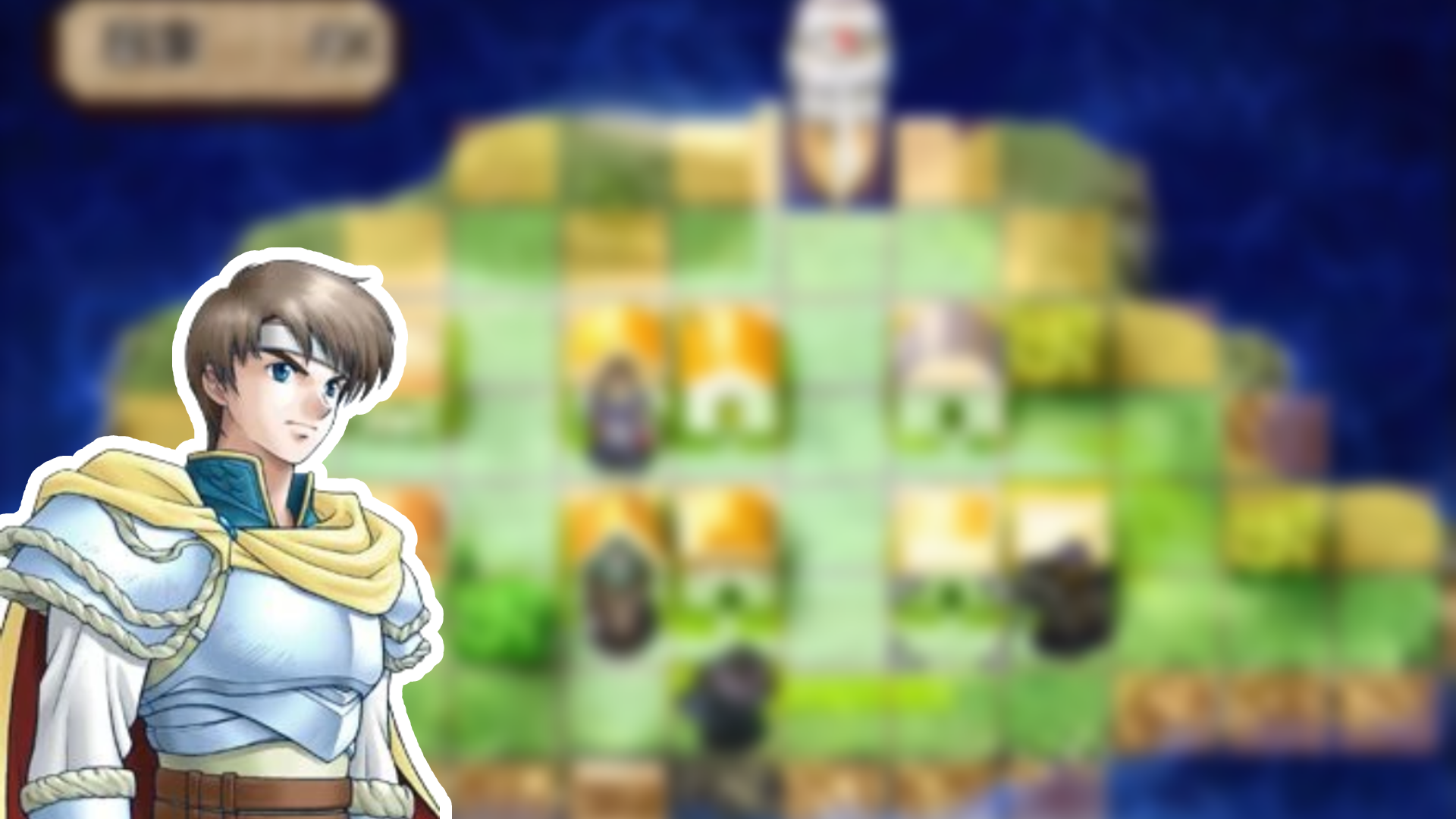The first time a game creator left the company to repeat his successes there on his own, and it couldn't have been messier.
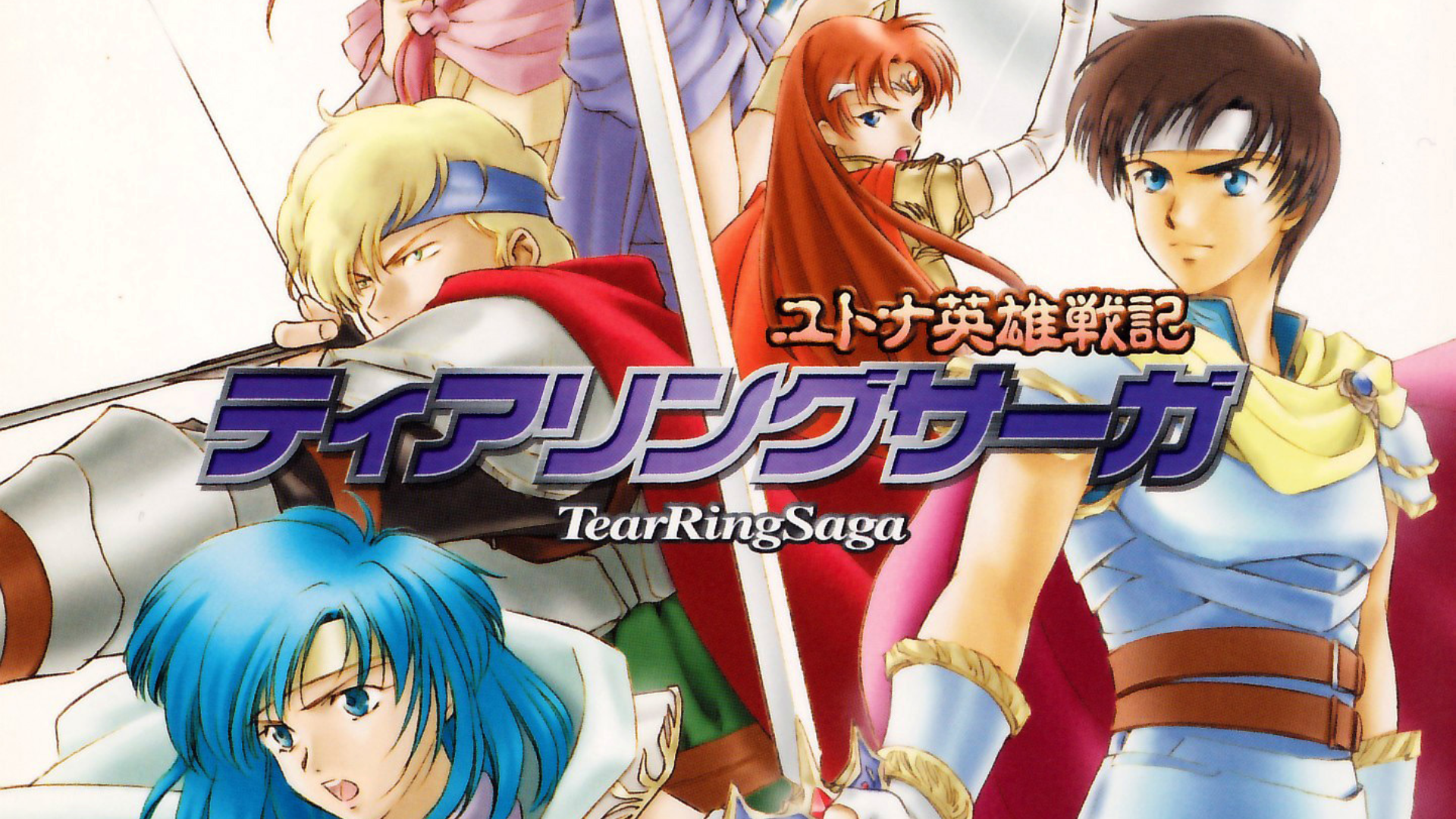
From being a video game franchise that Nintendo intended to sunset in the early 2010s to now being a multi-million-unit juggernaut, the tactical role-playing Fire Emblem series has had a tumultous history.
None of this could've happened if it wasn't for its creator Shouzou Kaga, who, after having been responsible for the first six Fire Emblem games, wanted to follow up his successes with his own company and intellectual property, paving the way for one the most stressful development cycles of any spiritual successor.
Inspired Choices
The series began with Fire Emblem: Shadow Dragon and the Blade of Light (1990), co-developed by Intelligent Systems and Nintendo R&D1, with Shouzou Kaga credited for concept, design, and scenario. Kaga's stated ambition was to fuse the emotional core of RPG games with the tactics seen in strategy games to make each unit on the battlefield feel like a real character.
Core Fire Emblem gameplay centers on moving units in a turn- and grid-based system, initiating battles when encountering an enemy unit (similar to the Nintendo Wars series). Said battles use light RPG mechanics, with experience points and weaponry retained between maps. Also notable is the permanent death for defeated units (later made optional in remakes and newer entries), as well as the series' anime inspirations in terms of characters and story.
Kaga's sequels elaborated on his vision in distinct ways: Gaiden (1992) introduced a traversable overworld, while Mystery of the Emblem (1994) elaborates on the story of Marth. Genealogy of the Holy War's (1996) story spanned multiple generations, BS Fire Emblem (1997) was a prequel to the first game and Thracia 776 (1999) introduced mechanics like fatigue and related limitations.
Legal Issues
After finishing Fire Emblem: Thracia 776 in 1999, Shouzou Kaga left Intelligent Systems and founded his own studio, Tirnanog, intending to produce a spiritual successor to Fire Emblem under the working name Emblem Saga. An official reason for the departure was never given, though fans have speculated that creative differences may have contributed to the decision.
Because Emblem Saga closely resembled Fire Emblem in gameplay, naming, and art style (and was going to release on PlayStation exclusively), Nintendo launched legal action claiming copyright and unfair competition violations, forcing Kaga and his publisher Enterbrain to change the title to Tear Ring Saga and remove overt references to Fire Emblem shortly before release.
Despite the lawsuit, Tear Ring Saga was released in Japan in May 2001, under its new title and with legal pressure still ongoing. Due these issues, the game never received an English release and later court judgments forced Enterbrain to pay damages. However, Nintendo could not follow through with their original goal of banning the title from sale.
Familiar Visions
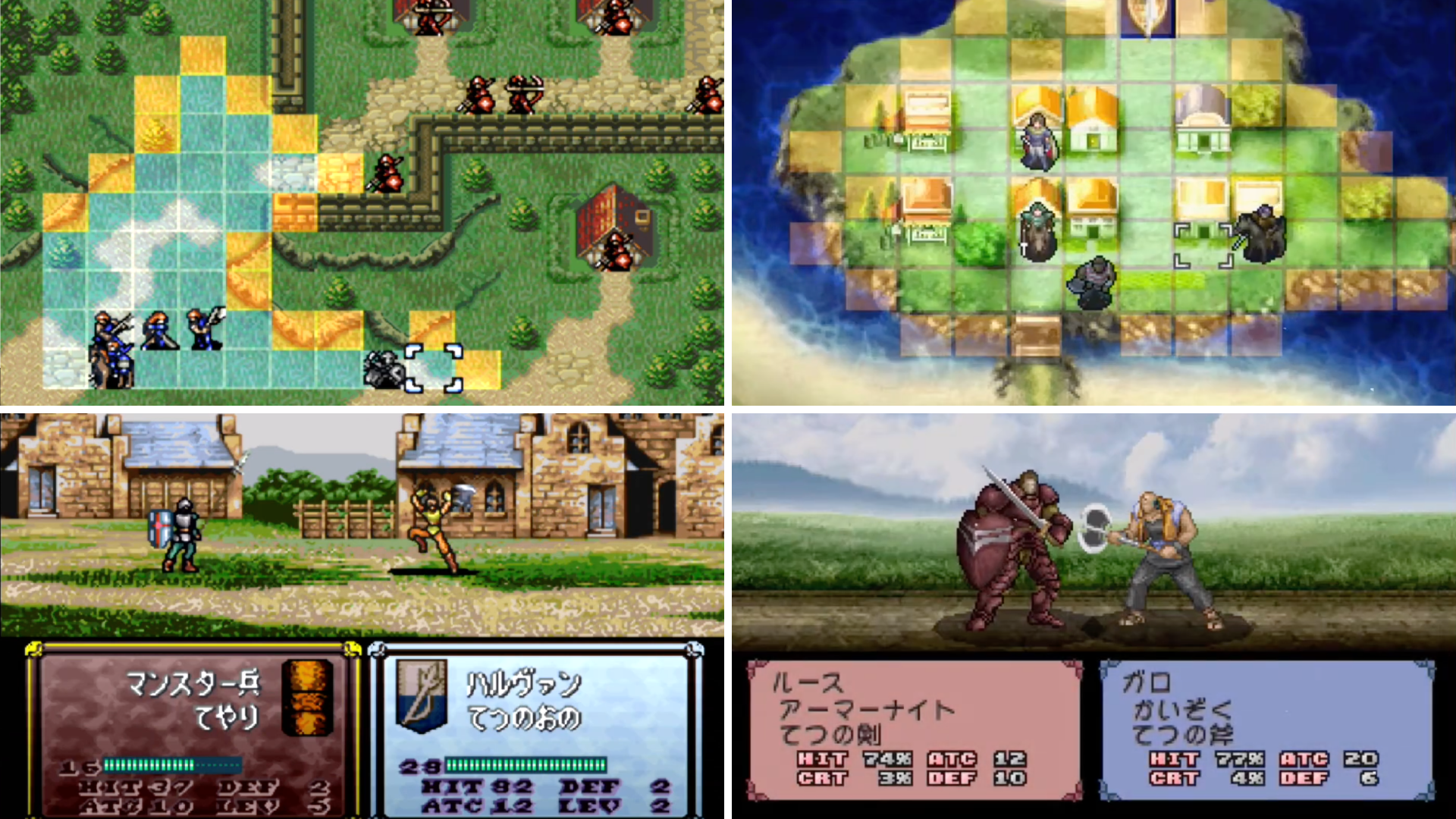
TearRing Saga retained many of the features of Kaga's previous work: Within a grid-based tactical role-playing structure, players controlled a cast of distinct characters in large-scale battles, having to manage placement, weapon variety, and permanent character death. The title does however differ by providing more freedom of movement between battles, with some main scenarios effectively being completely optional.
Similarly to Fire Emblem Gaiden, the story follows two protagonists, Runan and Holmes, each the prince of one of the fallen kingdoms of the continent Riberia, which is under attack by the monster armies of the Zoa Empire. During their quests, they encounter characters with familiar tropes and make use of similar items and weapons like the lords of Fire Emblem.
Character designs and illustrations were done by Mayumi Hirota, who had previously worked on Thracia 776. Before the lawsuit, the title was even set to feature Fire Emblem characters like Lewyn from Genealogy of the Holy War. Some of TearRing Saga's innovations like the "Moonlight" spell would later make their way to its template series, like in Fire Emblem Fates (2015).
A Successful Divorce
TearRing Saga was a commercial success in Japan, selling over 345,000 copies within its first year despite the ongoing lawsuit with Nintendo. Critics praised its deep tactical gameplay and strong writing, calling it a true successor to Fire Emblem, though the title proved somewhat polarizing at the time, splitting the fan base into pro- and anti-Kaga camps.
Its sequel, Berwick Saga (2005) would introduce a multitude of changes to differentiate itself more from the template series, with Kaga's work on the title going uncredited. His name would also be removed from the re-releases of his Fire Emblem titles and he'd soon retire from commercial game development, though he has championed some small-scale fan-driven revivals with his Vestaria Saga of indie games since 2016.
The Fire Emblem series would continue with The Binding Blade (2002), receiving its first release outside of Japan with The Blazing Blade (2003) eventually blossoming into a series of consistent sales successes following Fire Emblem Awakening (2012). The split of Kaga and Nintendo certainly wasn't a happy one, but now they both seem to be satisfied with going their own separate ways.
